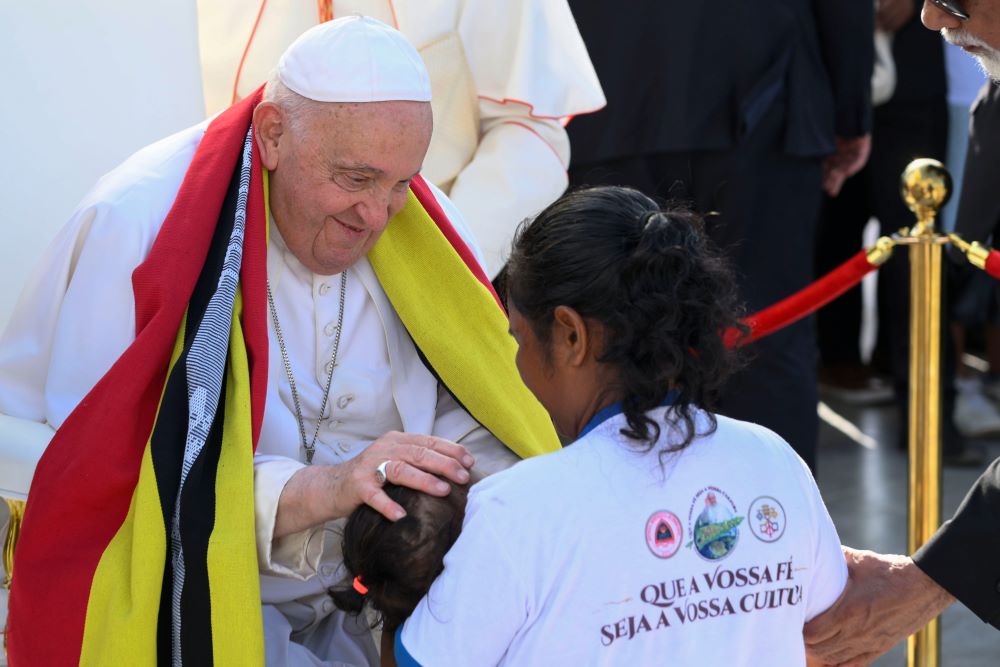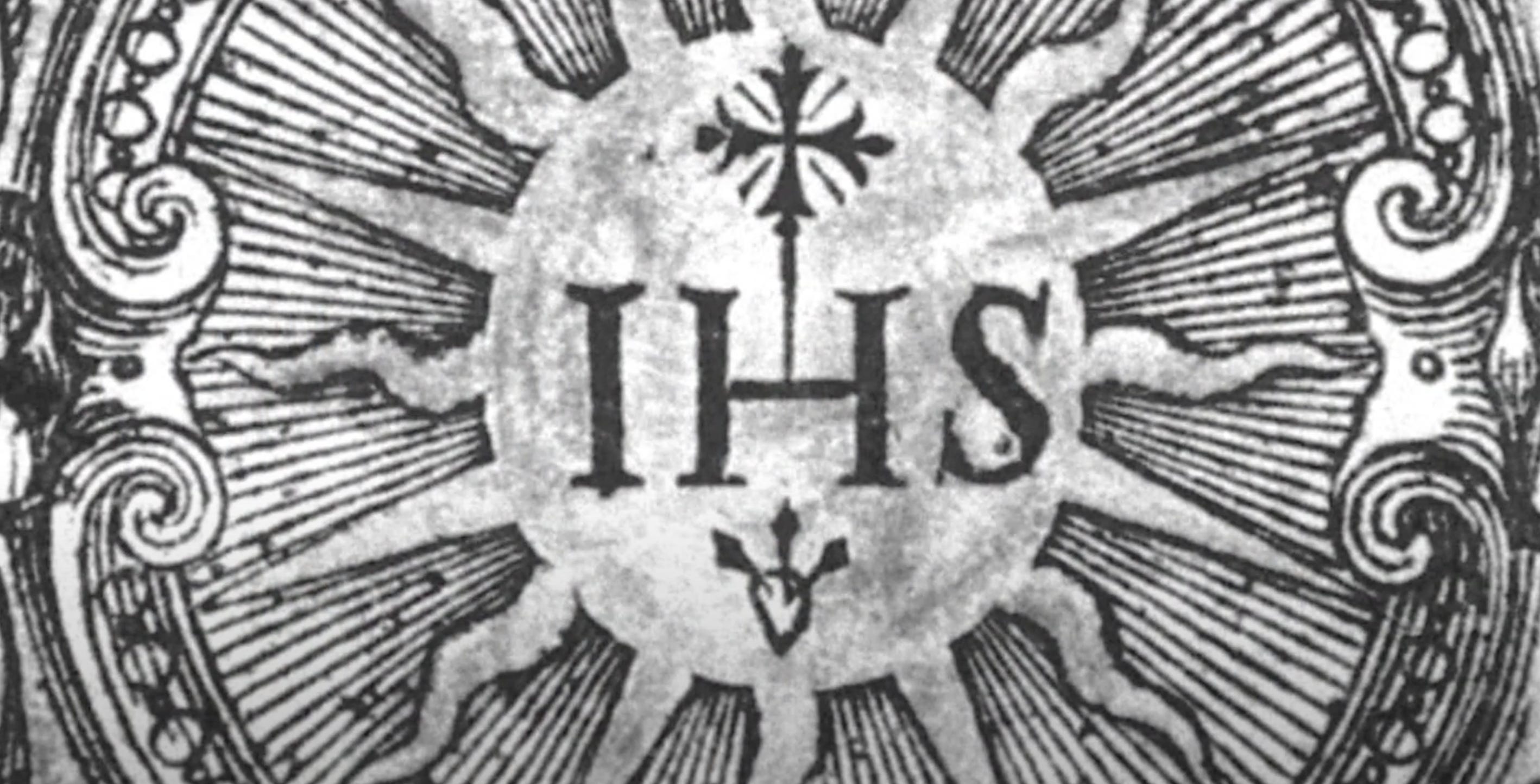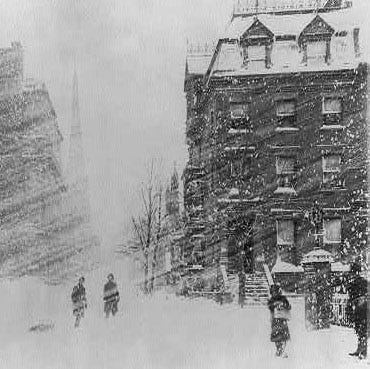Papal trips let Francis showcase a ‘poor church for the poor’
When Pope Francis’ plane touched down in Dili, the capital of East Timor — the most Catholic country on earth outside the Vatican — the first to greet the pope was not the nation’s president or other members of the planned welcome delegation. Instead, it was the tarmac workers. As the pope was being wheeled […]



When Pope Francis’ plane touched down in Dili, the capital of East Timor — the most Catholic country on earth outside the Vatican — the first to greet the pope was not the nation’s president or other members of the planned welcome delegation. Instead, it was the tarmac workers.
As the pope was being wheeled to the red carpet, he was suddenly mobbed by a bevy of airport personnel who were overcome with emotion at the sight of the 87-year-old pontiff in the tiny southeast Asian nation. The incident left the Vatican’s security personnel in a frenzy, but the pope didn’t seem to mind, taking time to greet each individual.
Only later did the country’s president and Catholic cardinal get to offer their official welcome.
In many ways, the scene was reminiscent of Francis’ first international outing back in 2013, when on the streets of Rio de Janeiro, the pope’s tiny Fiat took a wrong turn and he was surrounded by swarms of onlookers. While police officers scrambled to control the situation, the pope kept his car window down, waving to the crowd and even taking a moment to kiss a baby.
Just days after his election, Francis told reporters he had a dream of a “a poor church for the poor” and in the early weeks of his pontificate, his decision to forgo the traditional papal vestments after his election, to return to his hotel to pay his bill and to call his newspaper kiosk back in Argentina to cancel his subscription, all gave concrete expression to his message of humility.
And despite the underlying tension that papal travel often means millions of dollars being spent at the expense of taxpayers or underwritten by wealthy donors, it’s often when Francis is on the road that he’s able to underscore the simplicity that he expects from church leaders.
That was certainly the takeaway in Indonesia earlier this month, where onlookers chattered about the pope’s very basic choice in his wristwatch or what The Jakarta Post declared to be “the power of modesty” in an editorial the day after Francis left the country.
“The most prominent lesson the pope has taught to Indonesia, as well as the world, however, is modesty,” the editorial board wrote, commending the pope for open engagement with other faith leaders, traveling on a chartered commercial aircraft, using a small vehicle to get around town and staying in religious houses instead of hotels.
“While many may argue that power and influence must be demonstrated through ostentatious wealth and use of force, the pope’s display of humility is even more commanding,” the editorial said.
During the next stop of the pope’s four-country tour in southeast Asia and Oceania, Francis traveled to the edge of the jungle of Papua New Guinea, where a region that often goes weeks or months without a priest played host to the pope.
In the far corners of the earth, the pope arrived with a literal ton of medicine and aid, donned a local feathered headdress and also presided over a Mass where the procession began not with bells but with the sounds of drums and tribal dance in full costume. All the while, the pontiff looked on, seeming to delight in the universality of the Catholic Church on full display.
En route to Singapore — flying on the only plane owned by East Timor’s sole commercial airline — the flight attendants were called to the front of the plane for a moment to greet the pope. Afterwards, as they made their way to the back of the aircraft, they quickly scurried past the section where we journalists sat as they wiped tears from their faces.
There will always be much debate about the value of a papal trip and questions about whether they are worth the costs for the host countries, the media outlets that cover them, the health of an aging pope and what happens after he leaves.
But on his longest and farthest trip, Francis was able to return to the very beginning of his papacy, showcasing what he means by a “poor church for the poor” and using papal travel to put a spotlight on the people and places too often overlooked or forgotten.














